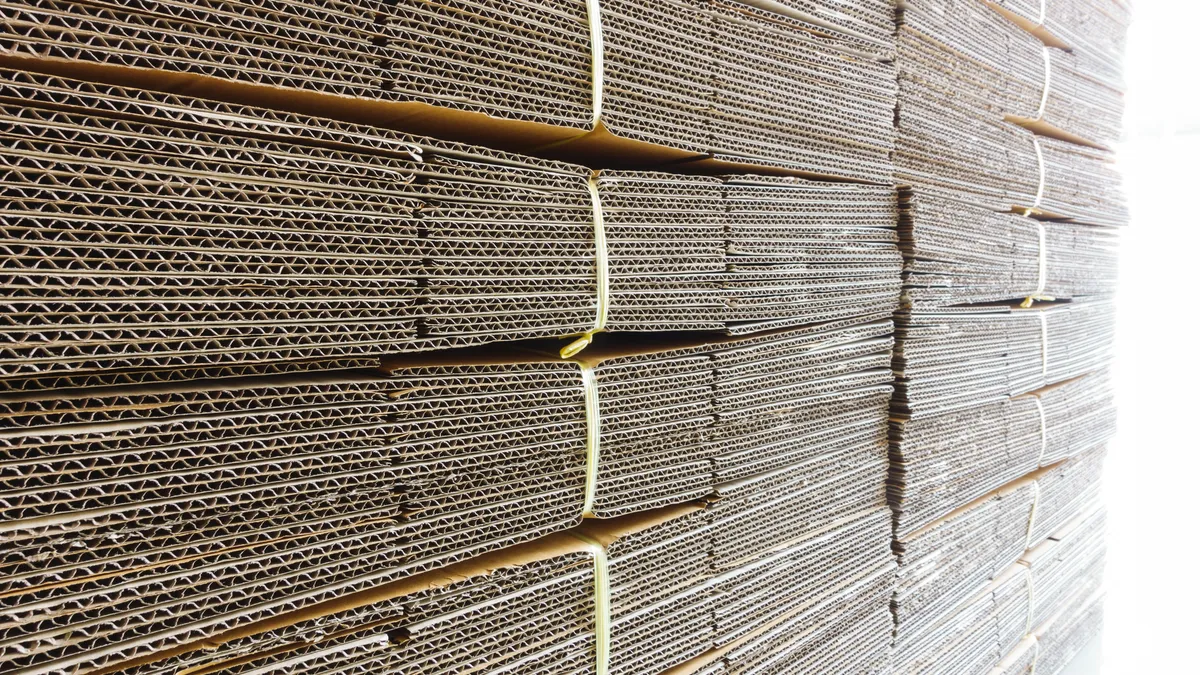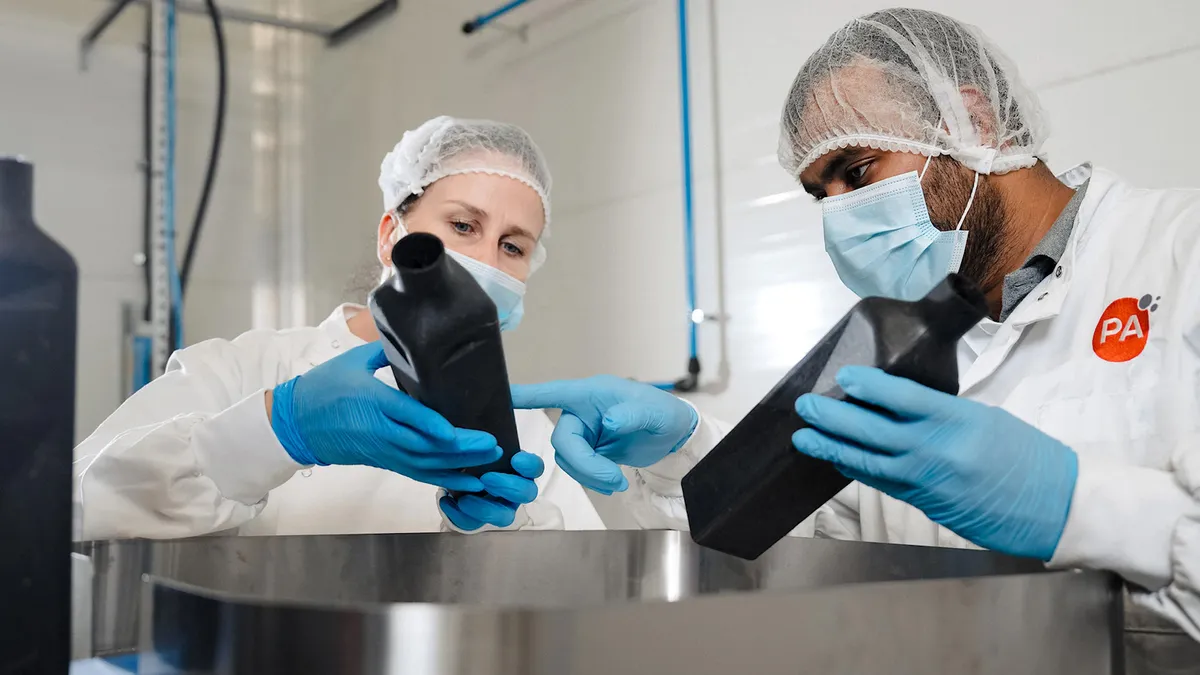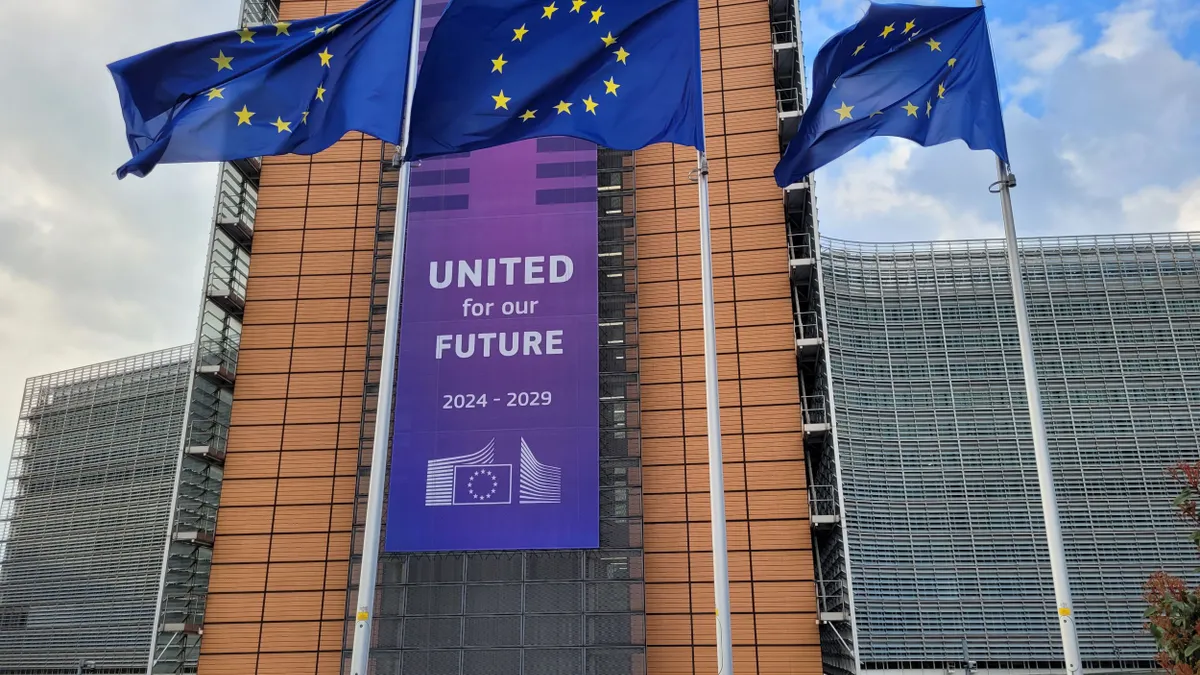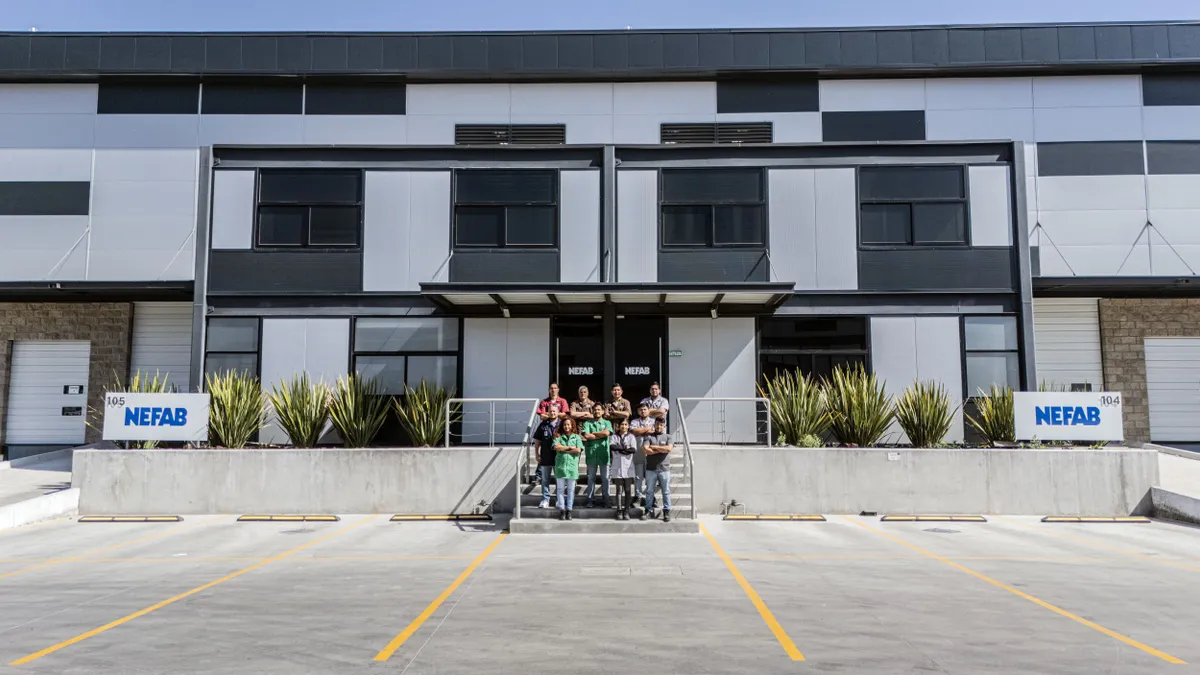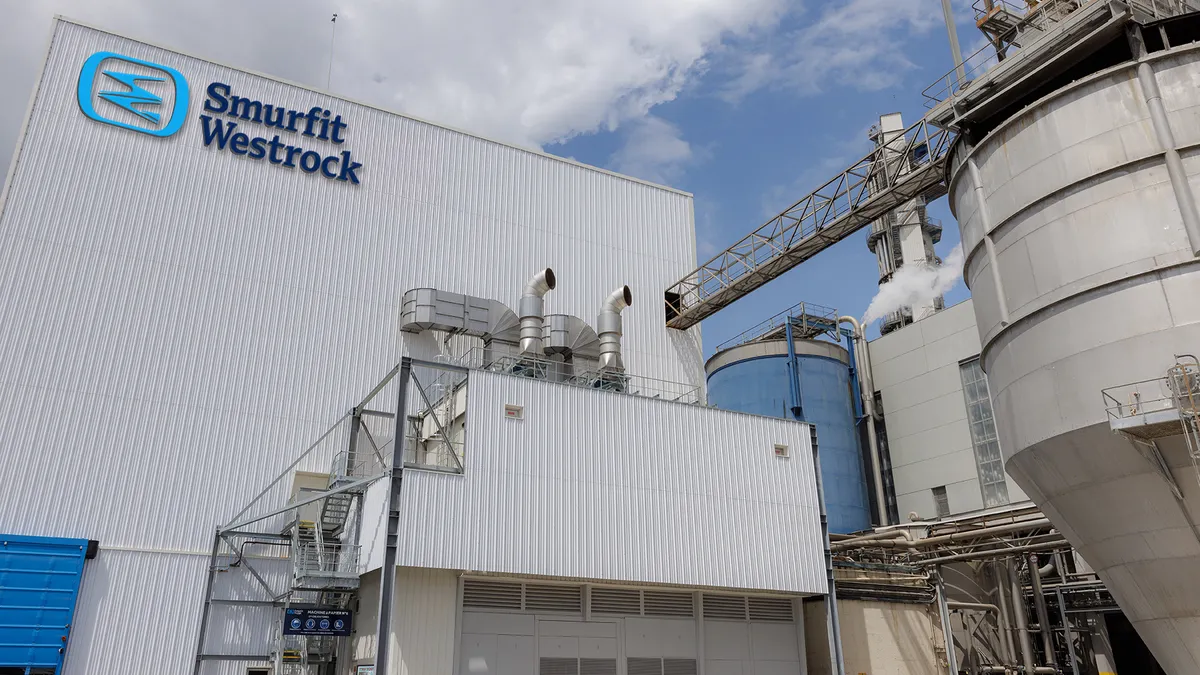Are fiber packaging companies actually receiving the higher prices announced in their second attempt at hikes this year? As of Fastmarkets RISI’s monthly pricing information release on Friday, the answer appears to be “yes.”
In June, containerboard prices rose, but boxboard prices remained flat, according to the monthly data in Fastmarkets RISI’s Pulp & Paper Week. Linerboard and corrugating medium both were up $40 per ton. Bank of America Global Research reported in a letter to investors Monday that the price had beat their predictions of a $10 per ton bump for June.
This follows announced June hikes of $50-60 per ton on linerboard and $80 per ton on corrugating medium by North America’s six largest producers, including Cascades, Georgia-Pacific, International Paper, Pratt Industries and WestRock. It marks the second round of price hikes in 2024 so far.
Analysts generally point to the lack of market recognition of the previous increases as the reason for producers’ second attempt. Earlier this year, Fastmarkets RISI’s index only showed a partial customer acceptance of the increases, sparking controversy.
“Overall, producers have now successfully implemented $80/ton ($40/ton in February, $40/ton in June) of the original $50-90/ton linerboard increase announced late last year,” Michael Roxland, senior paper and packaging analyst at Truist Securities, said in a June 23 note to investors. This is “consistent with our thesis given elevated input costs and that producers were looking to fully implement their original price hikes.”
During earnings calls throughout the first half of the year, numerous fiber packaging company executives expressed frustration with the discrepancies and the index overall. They suggested that the model no longer is relevant enough to drive the entire industry’s pricing, considering it only represents the open market — which is shrinking — and several report exploring other models instead of tying customers’ pricing contracts to the Fastmarkets RISI index.
Bloomberg Intelligence analysts rely on their own independent model for fiber pricing. One of that company’s analysts echoes others’ views that the pricing situation “has turned into quite a conundrum” due to discrepancies with the competing index.
“The problem in the last 10 years — really in the last five years — is the open market is very small: By my calculations, it’s about 5% of all consumption,” said Ryan Fox, corrugated packaging market analyst at Bloomberg Intelligence. “You have to ask yourself, why would any producer want to tie their price to what's happening to only 5% of the market? On the other side, why would customers take a price increase?”
Analysts also note new price increase announcements for uncoated recycled paperboard. North America’s two largest URB producers, Greif and Sonoco, led the pack in announcing increases this month that start in July. Truist’s Roxland noted there has been “little pushback to the increase thus far,” and strong URB demand the past two months is expected to extend into autumn.
And last week, Sonoco announced it would implement price increases of at least 6% on all converted paperboard products, starting July 10. This is due to “continued increases in costs for uncoated recycled paperboard (URB), our primary raw material, plus other inflationary costs,” Mike Thompson, vice president of sales and marketing for Sonoco’s North American converted paper products division, said in a news release.
“The problem though is that we keep we keep talking about containerboard prices,” Fox said. “What matters is box prices.”
The industry has been experiencing what some analysts call a “cardboard box recession” in the years following the COVID-19 pandemic. Dips in demand prompted several box price cuts, the most recent of which occurred late last year, Fox said. But dynamics are beginning to look rosier and many are watching to see if demand boosts continue.
BofA last week reiterated its view that “we are in the early stages of a recovery.” Its most recent box survey of corrugated converters, conducted May 9-June 14, cited expectations for a 3.2% increase in shipments. The note to investors said “this is the most robust outlook that we have seen” since late 2021.
Yet, analysts generally are cautious in formally declaring recovery and an end to the cardboard box recession. Fox said while Bloomberg analysts have been watching a potential 3% year-over-year improvement in the second quarter, that’s still within a normal range of error for data and additional monitoring is needed before declaring a trend.
“On the box side of things, I don’t know that we have data yet to suggest that there’s a rebound in demand,” Fox said. “In the first quarter of this year, box shipments were the worst that they've been in eight years. ... So when we say ‘rebound’ we have a concrete way to define that.”



